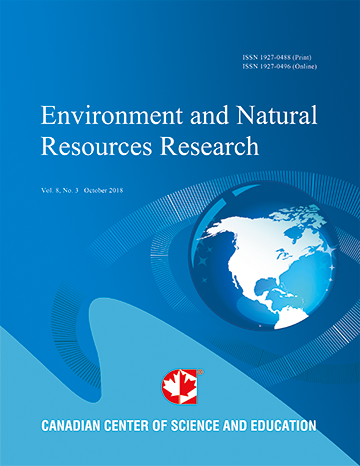Clastogenic and Cytotoxic Effects of Four Pesticides Used to Control Insect Pests of Stored Products on Root Meristems of Allium cepa
- Asita Asita
- Mokhobo M. M.
Abstract
While the use of pesticides of stored product has increased productivity in agriculture, there is concern about their use because some are mutagens and/or carcinogens, harm non-target organisms or cause pest resistance. In this study Grain Treat (GT) (Mercaptothion, 10 g kg-1, Permethrin 1.5 g kg-1); QuickPhos (QP) (Aluminium Phosphide, 560 g kg-1); Nuvan Profi (NP) (Dichlorvos, 124 g kg-1) and Eriocephalus punctulatus plant smoke condensate (EPSC) were evaluated for cytotoxicity and the induction of genotoxicity in the onion (Allium cepa) test. Onion seeds were germinated and exposed to pesticides (mg ml-1), GT (12.5, 25, 50); QP (0.75, 1.5, 3.0); NP (0.064, 0.128, 0.256); EPSC (0.0025, 0.0049, 0.0098) for 24 hours. For each concentration, three root tips were transferred to three microscope slides, stained with aceto-carmine, covered with cover slip, squashed and observed microscopically. The cytotoxicity and genotoxicity induced by each pesticide concentration was compared with the value for the concomitant negative control using t-test. Only QP (3.0 mg mL-1) and NP (0.256 mg mL-1) significantly depressed the MI, i.e. cytotoxic (P < 0.05). Genotoxicity was determined by examining, 100 anaphase and telophase cells on each of three slides per concentration for chromosome aberration (CA). The three concentrations of each pesticide induced CAs (P < 0.05) in the following general order of frequency; stickiness > multipolarity > c-mitosis > anaphase and telophase bridges > chromosome Largards. The induction of sticky chromosomes indicated that the pesticides caused abnormal DNA condensation, abnormal chromosome coiling and inactivated the spindles. Because abnormalities of the cell division process results from the genotoxic effects of environmental chemicals, the four pesticides have the potential to cause aneuploidy in exposed organisms and adverse human health and environmental effects.
- Full Text:
 PDF
PDF
- DOI:10.5539/enrr.v3n2p133
Journal Metrics
Google-based Impact Factor (2016): 6.22
h-index (November 2017): 12
i10-index (November 2017): 19
h5-index (November 2017): 11
h5-median (November 2017): 12
Index
Contact
- Emily LinEditorial Assistant
- enrr@ccsenet.org
